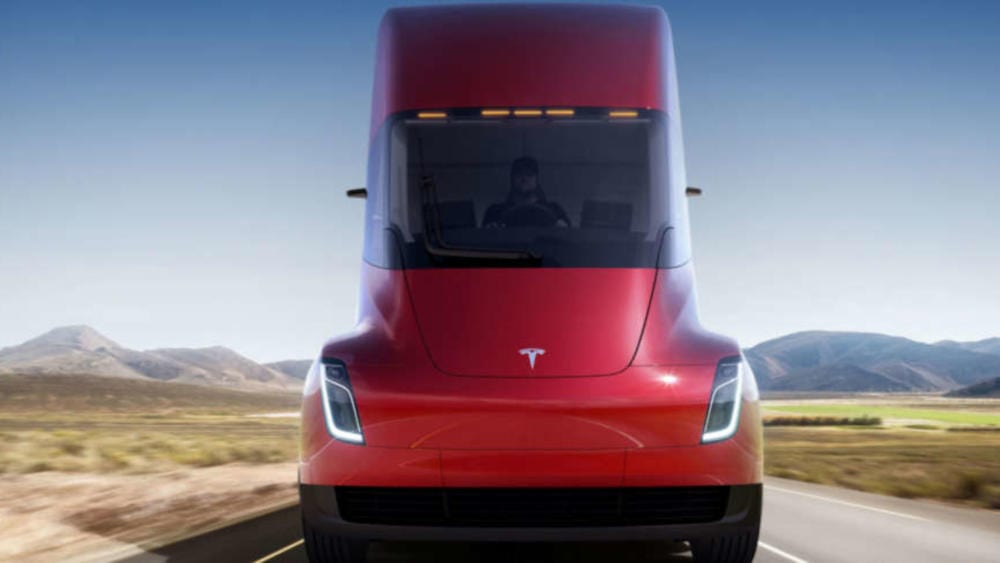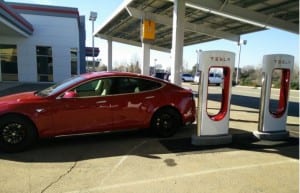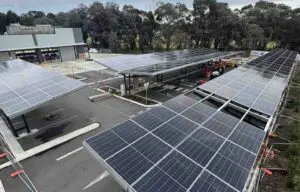John Feddersen is the director of Aurora Energy Research, an international market intelligence and research agency.
He told the Financial Times recently that the power needed to recharge one Tesla Semi in 30 minutes, as touted by Elon Musk at the introduction of the electric Class 8 truck on November 16, would power up to 3,200 typical UK homes for one hour.
His calculations are based on hauling a fully loaded cargo trailer for 500 miles — the real-world range of the Tesla Semi according to Musk — a task Feddersen says would consume 1600 kilowatt-hours of electricity despite Tesla claiming quite a bit less energy demand.

There may be some debate about the calculations. Figures lie and liars figure, after all. Tesla claims its Semi will use under 2 kWh of energy for every mile traveled with a full load.
But that’s in steady speed operation on level ground no doubt. Climbing hills and accelerating up to speed would require a little more juice no doubt, even if some of it is recaptured under deceleration and braking.
The editors of Norwegian news site TV2 have done their own calculations. The typical Norwegian home uses much more energy than one in the UK — 20,000 kWh per year versus 4,000 kWh — but even at that higher rate, the energy needed to recharge a Tesla Semi would power 700 Norwegian homes for one hour.
Where is Tesla going to get all that power and how is it going to keep the cost to no more than 7 cents per kilowatt-hour, as advertised?
The company talked about using solar panels (presumably, from its SolarCity division) and Tesla Powerpacks at Megachargers, but it’s unclear where those will be available in initial years.
We know that the Semi has an 8 pin connector, leading to speculation that the more powerful truck chargers will have about 4 times the power of the Superchargers Tesla uses to recharge its passenger cars, but that’s just ~500 kW, far less than a megawatt.
Certainly, a large storage battery or two of significant size will be required to zap the Semis with solar energy when they roll into a truck stop at the edge of the superslab. What the cost of those will be and how they will be covered is still somewhat of a mystery.
We are left to await further details about the charging systems that will keep Tesla’s electric trucks powered up and working. But one thing we know for sure is — these are some powerful beasts.
Source: CleanTechnica. Reproduced with permission.










